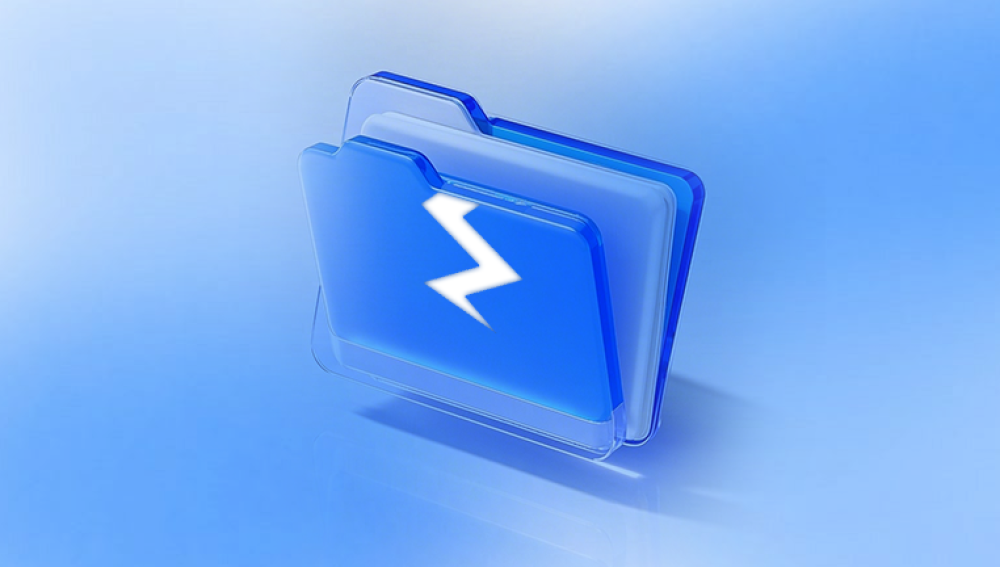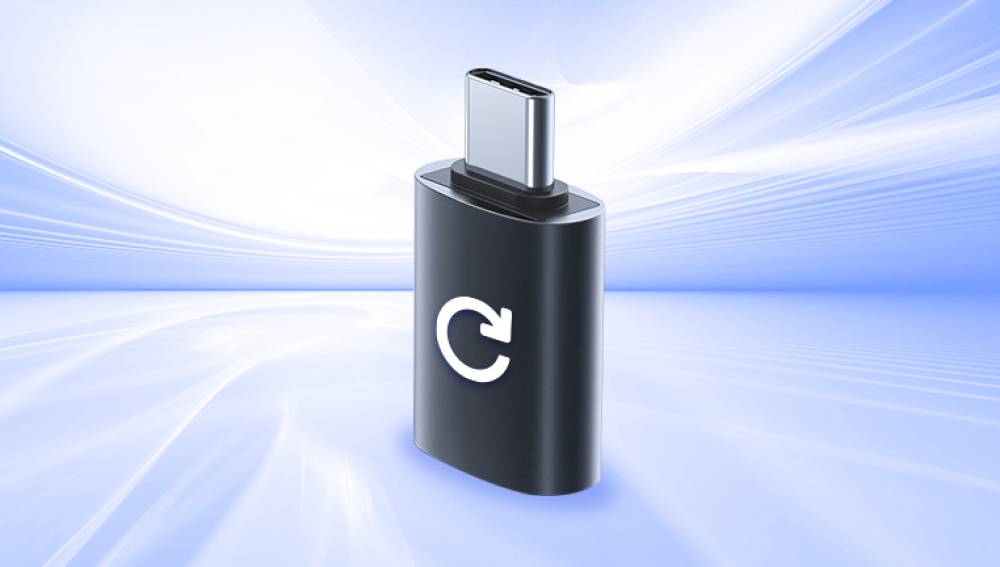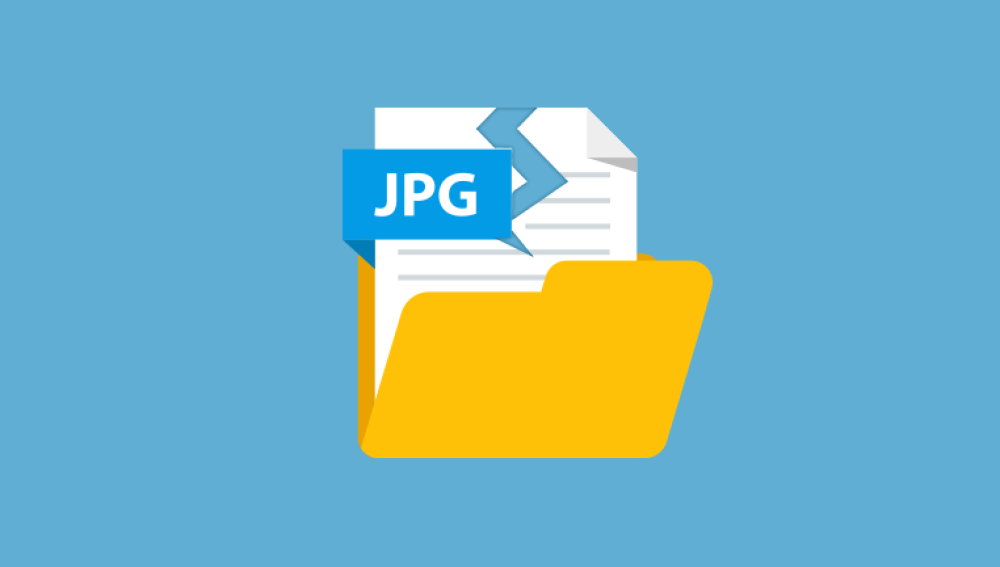PDF files have become a universal standard for documents because of their portability, security, and consistent formatting across devices. Whether you’re sending an invoice, reading a research paper, or sharing an e-book, PDF is the go-to format. However, like any digital file, PDFs are not immune to damage. A corrupted or damaged PDF can be unreadable, missing content, or trigger errors when opened. This can be incredibly frustrating especially when the file contains vital information.
Before learning how to fix a damaged PDF, it’s helpful to understand what causes the corruption in the first place. A PDF file is essentially a structured container of text, images, fonts, annotations, metadata, and layout rules. If any part of this structure is disrupted or altered improperly, the file may no longer render correctly in a PDF viewer.

Common Causes of PDF File Corruption
PDF corruption can occur due to various reasons, both hardware and software related. Here are the most common causes:
1. Unexpected System Shutdowns
Power failures or forced reboots while saving or editing a PDF can cause incomplete writes, damaging the file structure.
2. Bad Sectors on Storage Devices
If the hard drive or USB stick where the PDF is stored has bad sectors, parts of the file may become unreadable or incomplete.
3. Virus or Malware Attacks
Malicious software can infect or alter files, including PDFs. Viruses may delete, encrypt, or modify key parts of the file’s code.
4. Interrupted Downloads or Transfers
If a PDF is being downloaded or transferred and the process is interrupted (e.g., due to internet loss or USB disconnection), the file may arrive damaged.
5. File Format Conflicts
Attempting to open a PDF with non-compatible or outdated software may result in errors or further damage to the file.
6. Faulty Applications
Poorly written or outdated software used to create or edit a PDF can generate files with structural inconsistencies.
Symptoms of a Damaged PDF File
A damaged PDF file usually exhibits one or more of the following signs:
The file does not open at all
The file opens but displays an error message (e.g., "The file is damaged and could not be repaired")
Missing or blank pages
Garbled, unreadable, or missing text
Broken images or formatting issues
PDF reader crashes upon opening the file
These symptoms indicate that something in the internal structure of the PDF has been compromised.
Step-by-Step Methods to Fix a Damaged PDF File
Let’s explore practical methods you can use to attempt fixing a damaged PDF file.
Method 1: Try Opening the PDF in a Different Viewer
Not all PDF readers handle damaged files the same way. Your default viewer might struggle with minor issues that another application can handle gracefully.
Alternatives to Try:
Foxit Reader
SumatraPDF
Nitro PDF Reader
Google Chrome (drag the file into a browser tab)
PDF-XChange Editor
If another viewer can open the file, try printing it to PDF again or save it using the "Save As" option to generate a new, working copy.
Method 2: Restore a Previous Version (Windows)
If you had File History or System Protection enabled, Windows may have backed up an earlier, undamaged version of your PDF.
Steps:
Right-click on the damaged PDF file.
Select Properties.
Go to the Previous Versions tab.
If available, select a version and click Restore.
This option may save you from having to do any repairs manually.
Method 3: Use Adobe Acrobat’s Built-In Repair Functions
If you're using Adobe Acrobat Pro, it may be able to open and automatically repair some minor corruptions.
Steps:
Launch Adobe Acrobat Pro.
Go to File > Open and select the corrupted PDF.
If the file opens, immediately go to File > Save As to create a new copy.
Acrobat sometimes repairs structural issues during the open/save process without notifying the user explicitly.
Method 4: Repair PDF Online Using Free Tools
Online PDF repair tools can often recover data from slightly corrupted files. These are convenient because they require no installation.
Popular Online Tools:
iLovePDF.com
PDF2Go.com
PDFResizer.com
Sejda.com
PDF-online.com
How to Use:
Go to the tool’s PDF repair page.
Upload your damaged PDF file.
Wait for the tool to analyze and process the file.
Download the repaired version.
Note: Avoid using online tools for confidential or sensitive PDFs, as uploading them to the internet may pose privacy risks.
Method 5: Use Desktop Software for Advanced Repairs
If online repair doesn't work—or if your file contains private or large content—use a dedicated desktop PDF repair program.
Recommended Tools:
Panda Repair
A damaged PDF file can be a serious inconvenience, especially when it contains important business documents, contracts, or academic material. Panda Repair offers a simple yet effective solution for repairing corrupted or unreadable PDF files. Designed for users of all skill levels, Panda Repair helps recover text, images, formatting, and structure from damaged PDFs no advanced technical knowledge required.
Whether your PDF file was corrupted due to a system crash, interrupted download, malware infection, or bad sectors on a storage device, Panda Repair can help. It uses intelligent file scanning and deep repair algorithms to locate and fix inconsistencies within the PDF structure. The tool works on various levels of corruption, from minor header issues to more complex structural breakdowns.
Using Panda Repair is straightforward. After launching the software, users simply select the damaged PDF and initiate a scan. The tool analyzes the file, previews any recoverable content, and allows users to save the repaired version. Panda Repair can restore pages, embedded images, hyperlinks, annotations, and even text formatting in many cases.
These tools work by scanning the damaged PDF and attempting to reconstruct lost components. They often allow previews of what’s recoverable and support batch recovery for multiple files.
Method 6: Extract Content from the PDF
If repair isn’t possible, you can try extracting the usable content from the PDF.
Option 1: Open in a Text Editor
Open the damaged PDF with Notepad++ or Sublime Text.
Manually look for any readable text (ignore symbols and formatting).
Copy and paste recoverable text into a new document.
This works best if you're only trying to recover basic text.
Option 2: Convert to Another Format
Use a converter tool to change the PDF to a different format (e.g., Word, JPG, TXT). Some converters can extract usable parts even from damaged files.
Try:
SmallPDF
Zamzar
PDF to Word Converter by Nitro
Method 7: Open from Email or Source Again
If you received the PDF via email or downloaded it from the web, try:
Re-downloading the file.
Resending or asking the sender to resend the original file.
Accessing the file from its source if it's available online.
If the corruption happened during transfer, the original source may still have a clean version.
Method 8: Recover from Backup Services
If your device is synced with cloud storage like:
Google Drive
Dropbox
OneDrive
iCloud
Check if:
You can download an older version
A version history is available for rollback
You can preview the document in-browser and resave it
These services often retain older versions that can be recovered with just a few clicks.
Method 9: Use CHKDSK and Disk Tools
If you suspect that the file corruption was caused by disk errors:
Steps:
Open Command Prompt as Administrator.
Type:
bash
CopyEdit
chkdsk X: /f /r
Replace X: with your drive letter (e.g., D:, E:).
This will check the drive for file system errors and try to recover corrupted sectors that may include your PDF.
Method 10: Contact a Data Recovery Service
For highly important or sensitive files that can’t be recovered by any software, professional data recovery companies can sometimes retrieve partially lost or corrupted files from storage devices. This is usually a last resort due to cost, but it's an option worth considering for legal documents, business records, or irreplaceable files.
How to Prevent PDF File Damage in the Future
Once you've repaired or recovered a PDF, it’s important to take preventative steps to avoid future corruption.
1. Use Reliable PDF Editors
Avoid editing PDFs with unverified or outdated software. Use trusted editors like:
Adobe Acrobat
Foxit PDF Editor
Nitro PDF Pro
2. Keep Your Software and OS Updated
Bugs in software or your operating system can cause crashes and file damage. Always keep:
PDF editors updated
Operating systems patched
Antivirus tools active
3. Use a UPS and Avoid Forced Shutdowns
Protect your computer with an uninterruptible power supply (UPS) to avoid crashes during file operations. Always shut down your system properly.
4. Enable Auto-Backup or Versioning
Use services like OneDrive, Dropbox, or Google Drive with version history enabled to automatically back up your files.
5. Always Safely Remove External Drives
Before unplugging USB sticks or external hard drives, use the "Safely Remove Hardware" feature to prevent data loss.
6. Create Multiple Backups
Have more than one backup of your important PDF files—on local drives, in the cloud, or on physical media. Use the 3-2-1 rule: 3 copies, on 2 different media, with 1 stored offsite.
A damaged PDF file can be a major roadblock, especially if it contains vital information. Fortunately, there are many ways to recover a damaged PDF, from trying a different reader or using built-in tools to advanced repair software and online services. The success of these methods depends on how the corruption occurred and how much data was affected.
Prevention, however, is just as important. By maintaining healthy storage practices, keeping your software updated, and regularly backing up your files, you can significantly reduce the risk of PDF corruption in the future.




